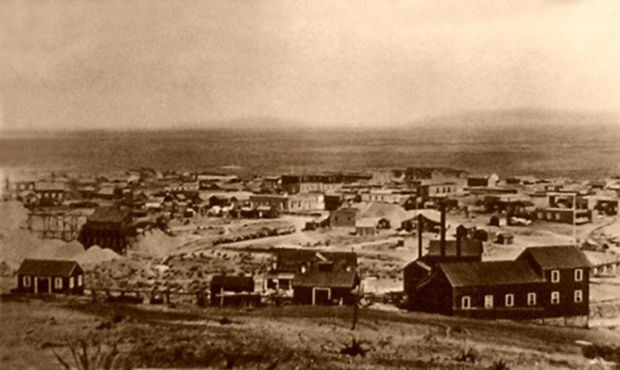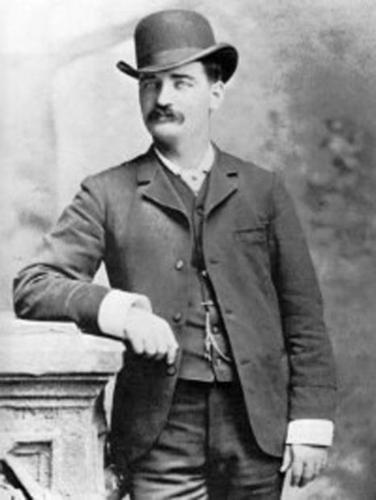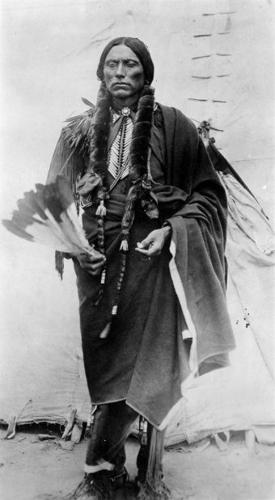Masterson Avenue, named for a famous Wild West sheriff, is in a south-side Tucson neighborhood that could be nicknamed Lawman & Outlaw Square.
The north-south road is bounded by East Drexel Road, South Palo Verde Road, East Bilby Road and South Country Club Road. Other streets in the neighborhood are named for Wyatt Earp and Arizona Ranger Burton Mossman.
Bartholomew Masterson was born to Thomas and Catherine (McGurk) Masterson in 1853 in Quebec. He was raised on farms in New York, Illinois and Kansas, and as a young man changed his name to William Barclay Masterson but continued to be called “Bat.”
In 1872, Masterson and his brothers James and Ed left home in Wichita, Kan., and moved to Dodge City, Kan., to work in railroad construction. But before long, Masterson was employed as a buffalo hunter. On June 27, 1874, in Texas, he fought in the Second Battle of Adobe Walls, in which Plains Indians under the command of Comanche Chief Quanah Parker attacked a small group that was hunting buffaloes on tribal lands. This fight led to the Red River War (1874-1875) in which Masterson served under Gen. Nelson A. Miles as a civilian scout. He was discharged Oct. 12, 1874, and returned home to Dodge City in March 1875.
In 1877, Masterson was running a saloon and later became undersheriff. He served as sheriff of Ford County, Kan., from January 1878 to January 1880 and during that time formed a posse that included Earp to capture fugitive James Kenedy.
After traveling around the West for a while, he followed Earp to Tombstone, arriving on Feb. 8, 1881. He worked for Earp at the gambling tables of the Oriental Saloon. His time in Tombstone was short — he returned home in April to help his brother James, who was involved in a dispute with his saloon partner.
Masterson was deputy sheriff of Las Animas, Colo., for a time and in 1883 helped prevent the extradition of John “Doc” Holliday from Colorado to Arizona to stand trial for murder. He returned to Dodge City and in 1884 began a newspaper, Vox Populi, but published only a single issue. In 1886, he moved to Denver and wed Emma Walters, a singer and dancer, in 1891.
In 1902, he moved to New York City. There, he met novelist Alfred H. Lewis, who based his novel The Sunset Trail (1905) on the ex-lawman’s adventures. He went on to become a well-known journalist and sports editor for the New York Morning Telegraph, and was an expert on prize fighting. He died Oct. 25, 1921, of a heart attack while sitting at his desk.
Los Ranchitos subdivision along with Masterson Avenue were recorded with Pima County in 1941.
The southern part of Masterson Avenue, from Valencia Road to Elvira Road, was renamed Lisa Frank Avenue in 1997 in honor of the founder of Lisa Frank Inc., a company that produces stationery and school products for children and has its headquarters on the street. A little-known Lisa Frank commercial in 1993 helped launch actress Mila Kunis’ career.







